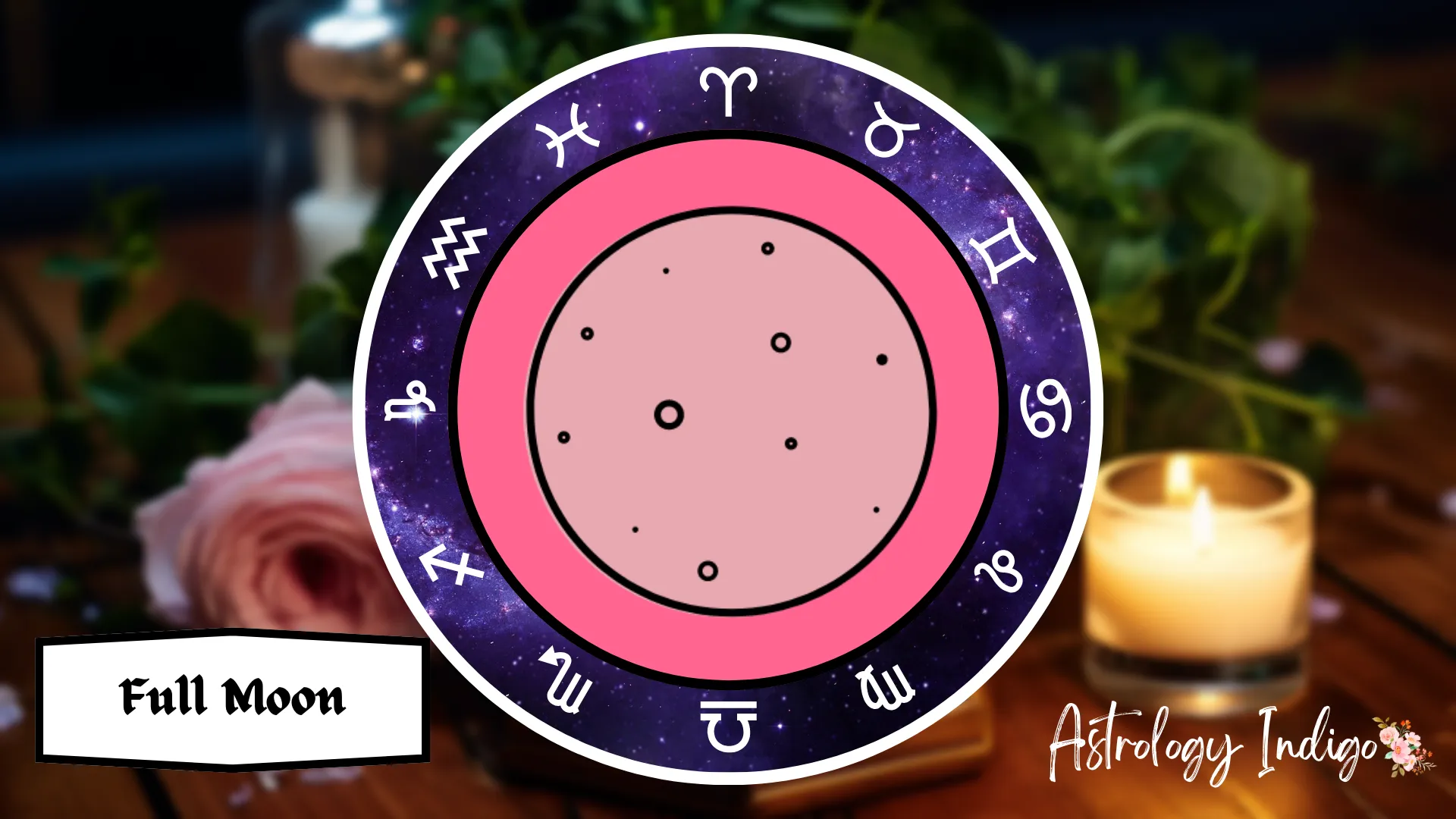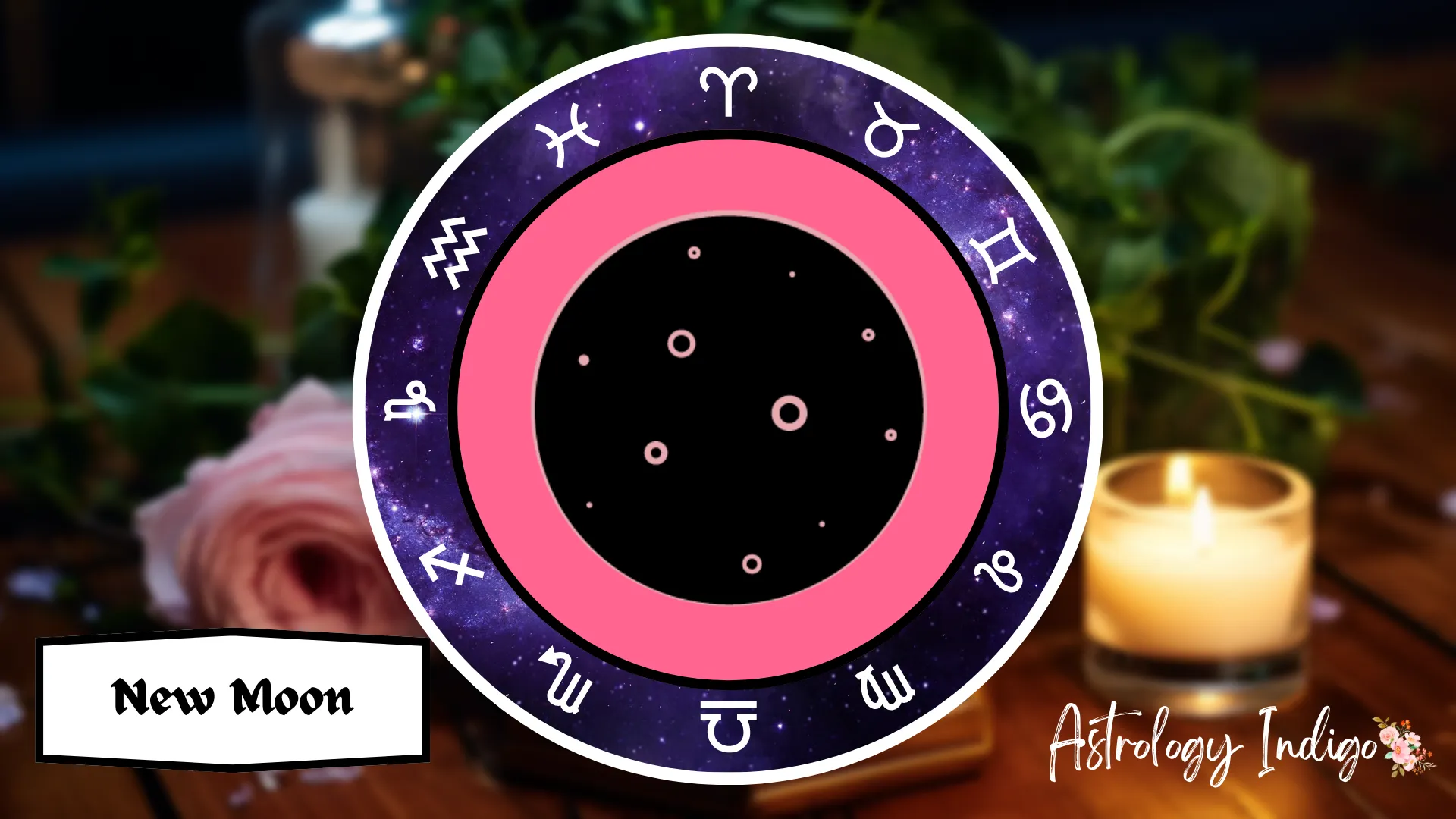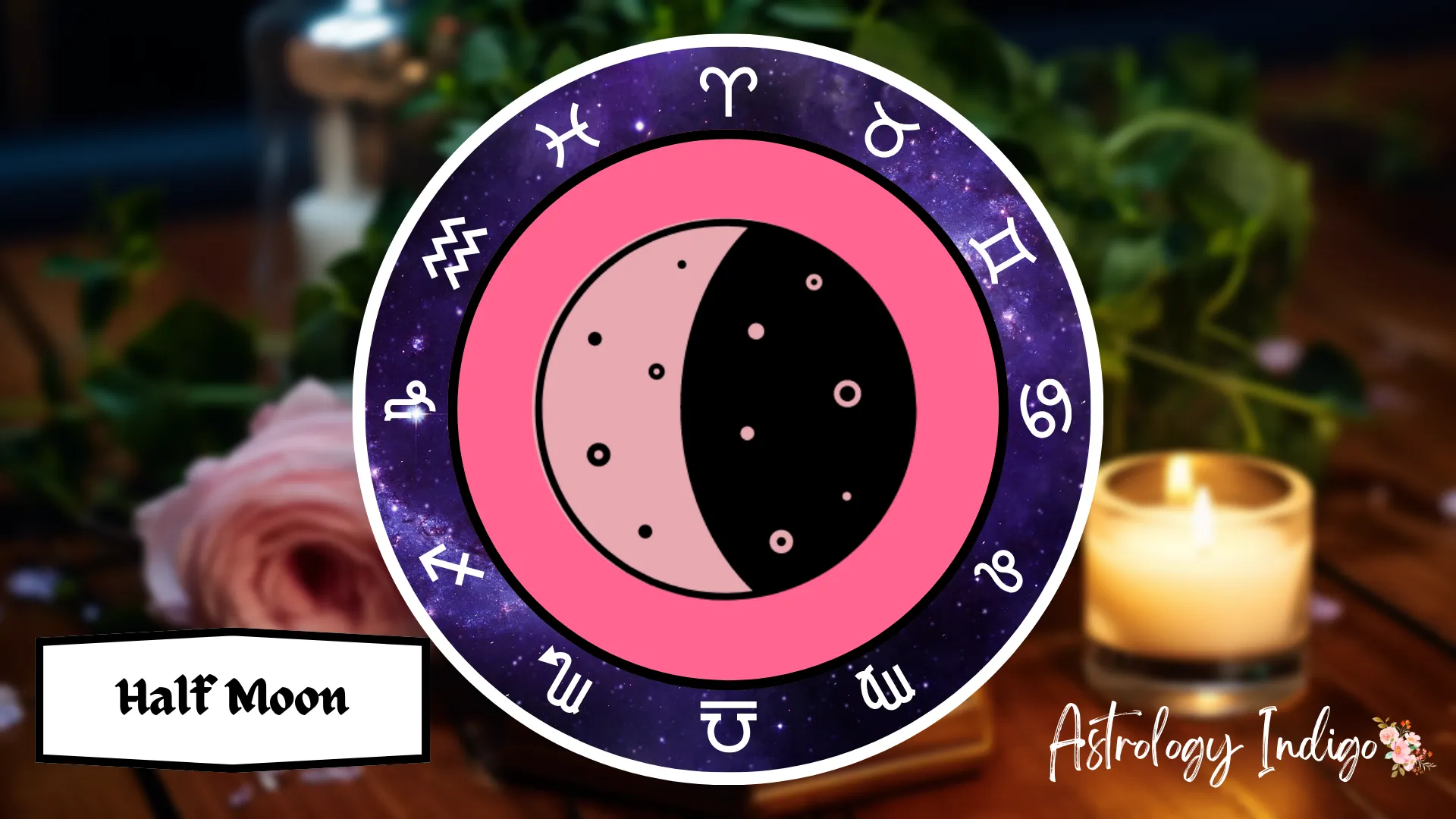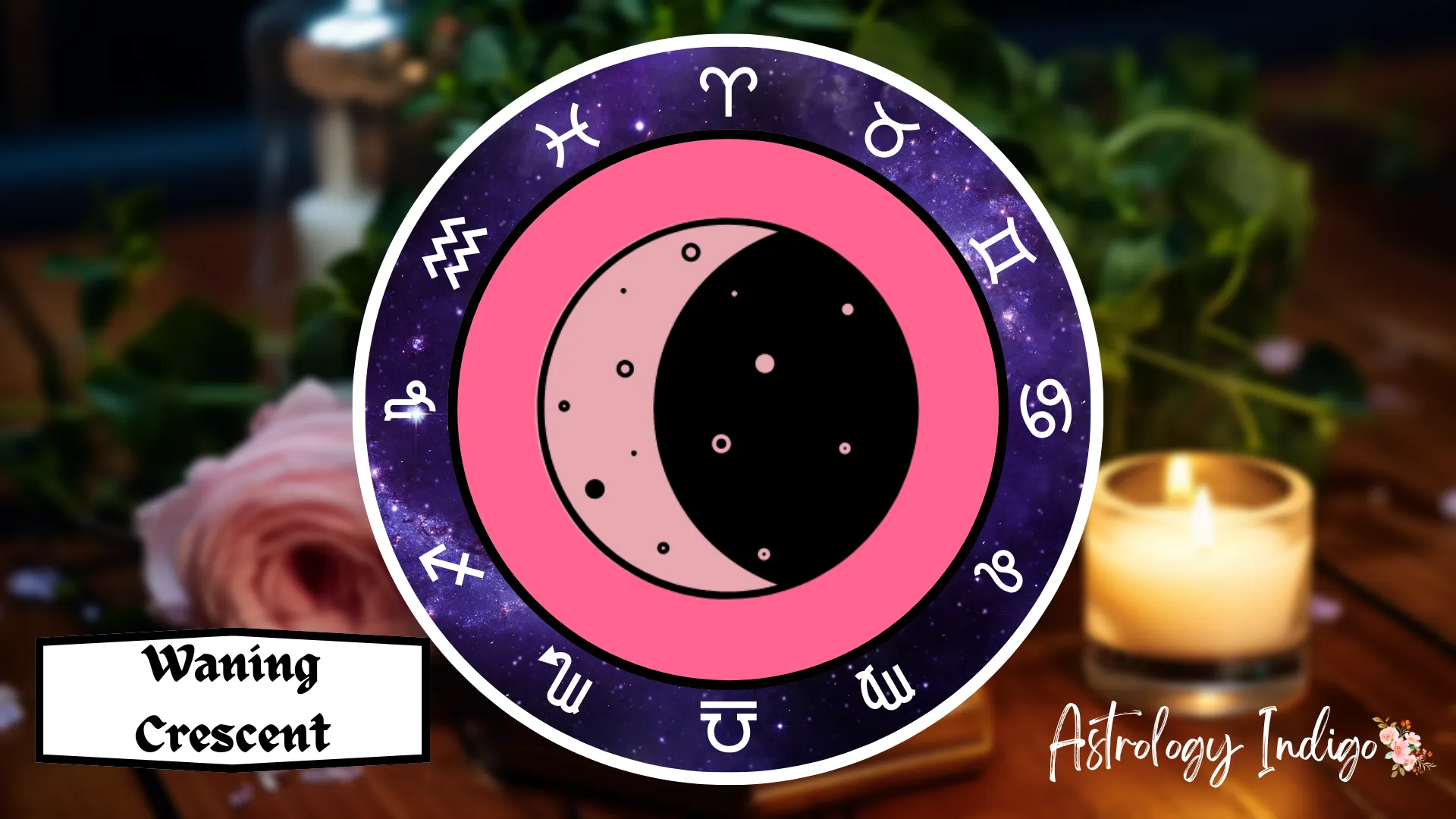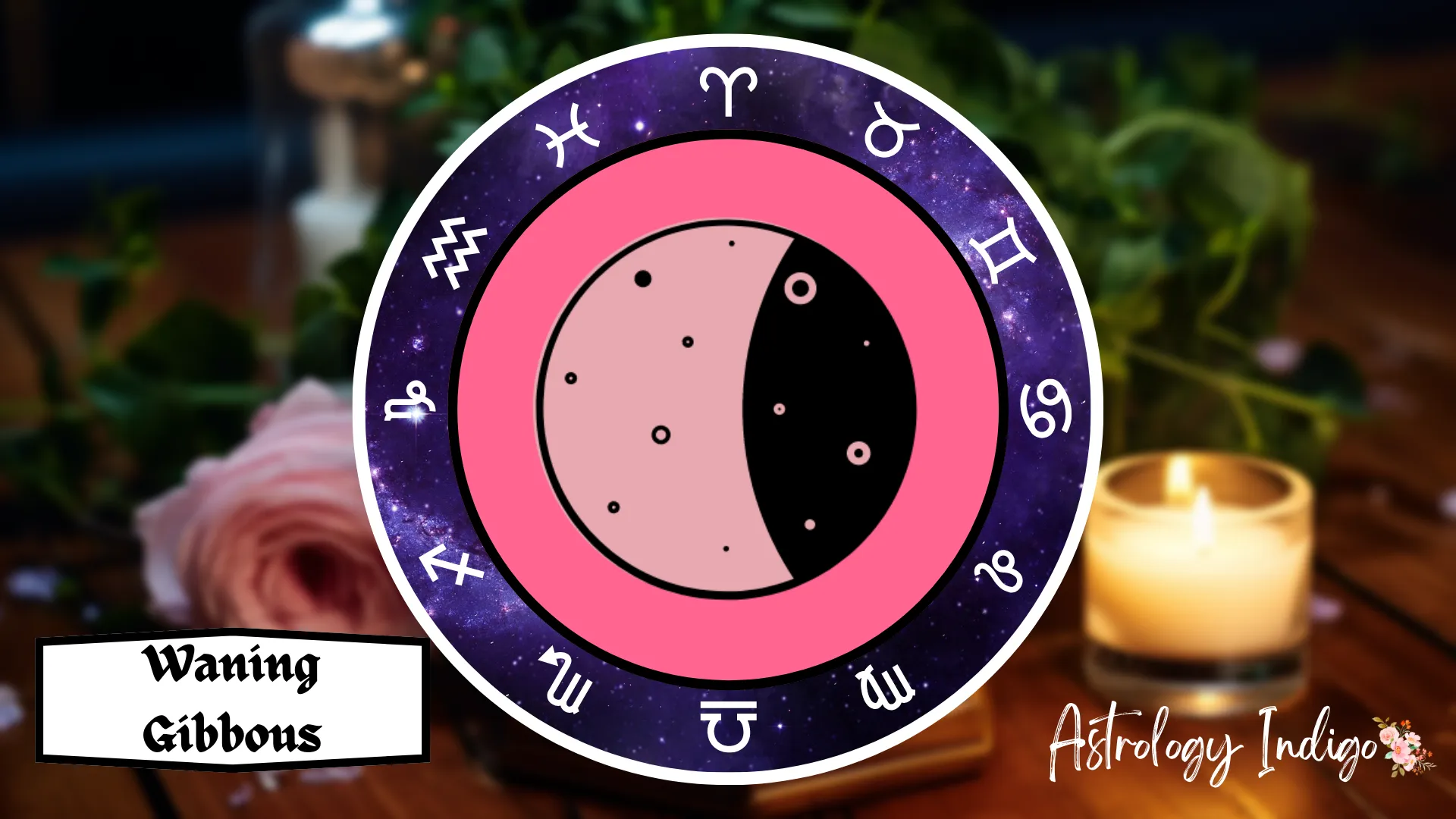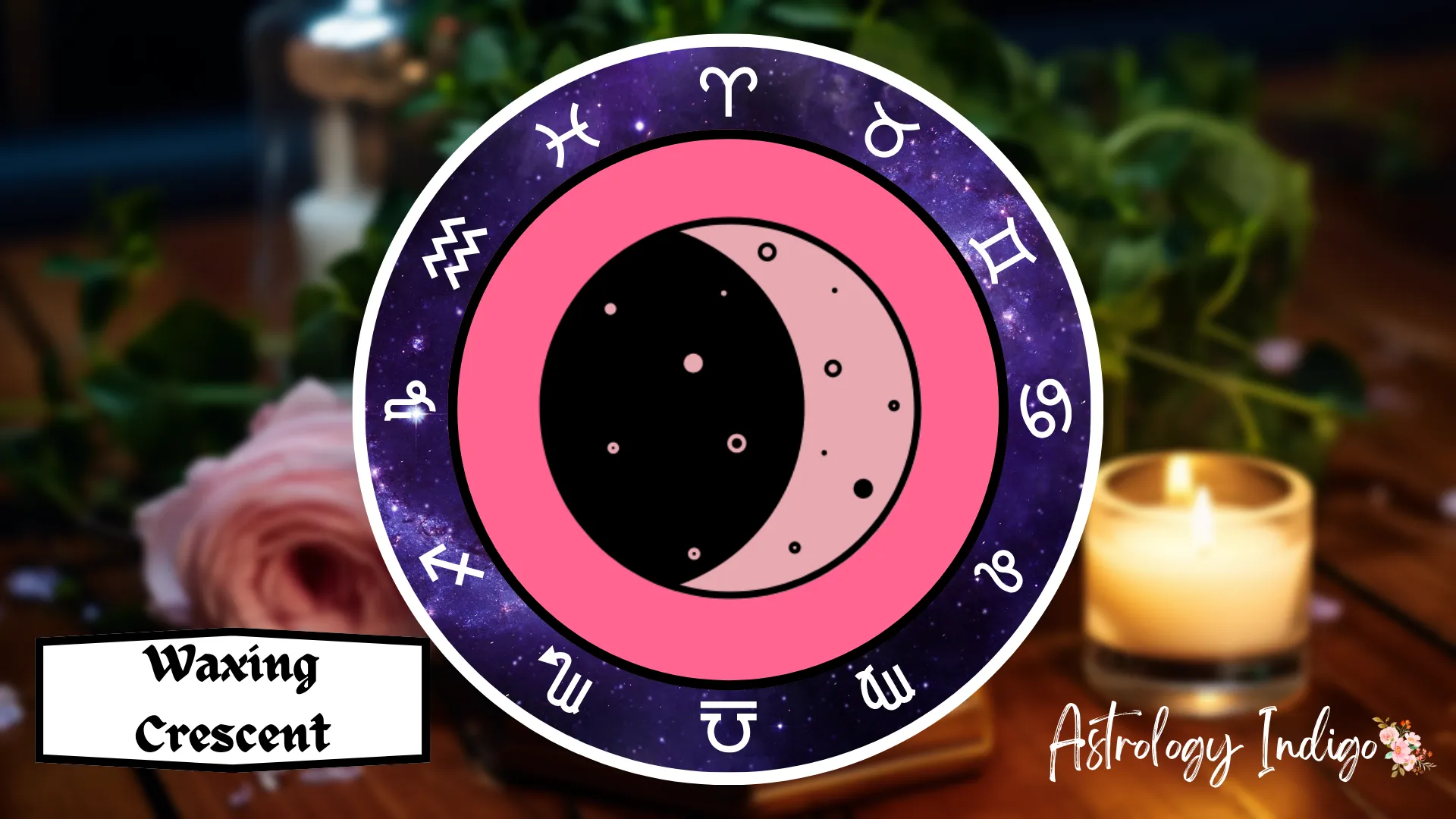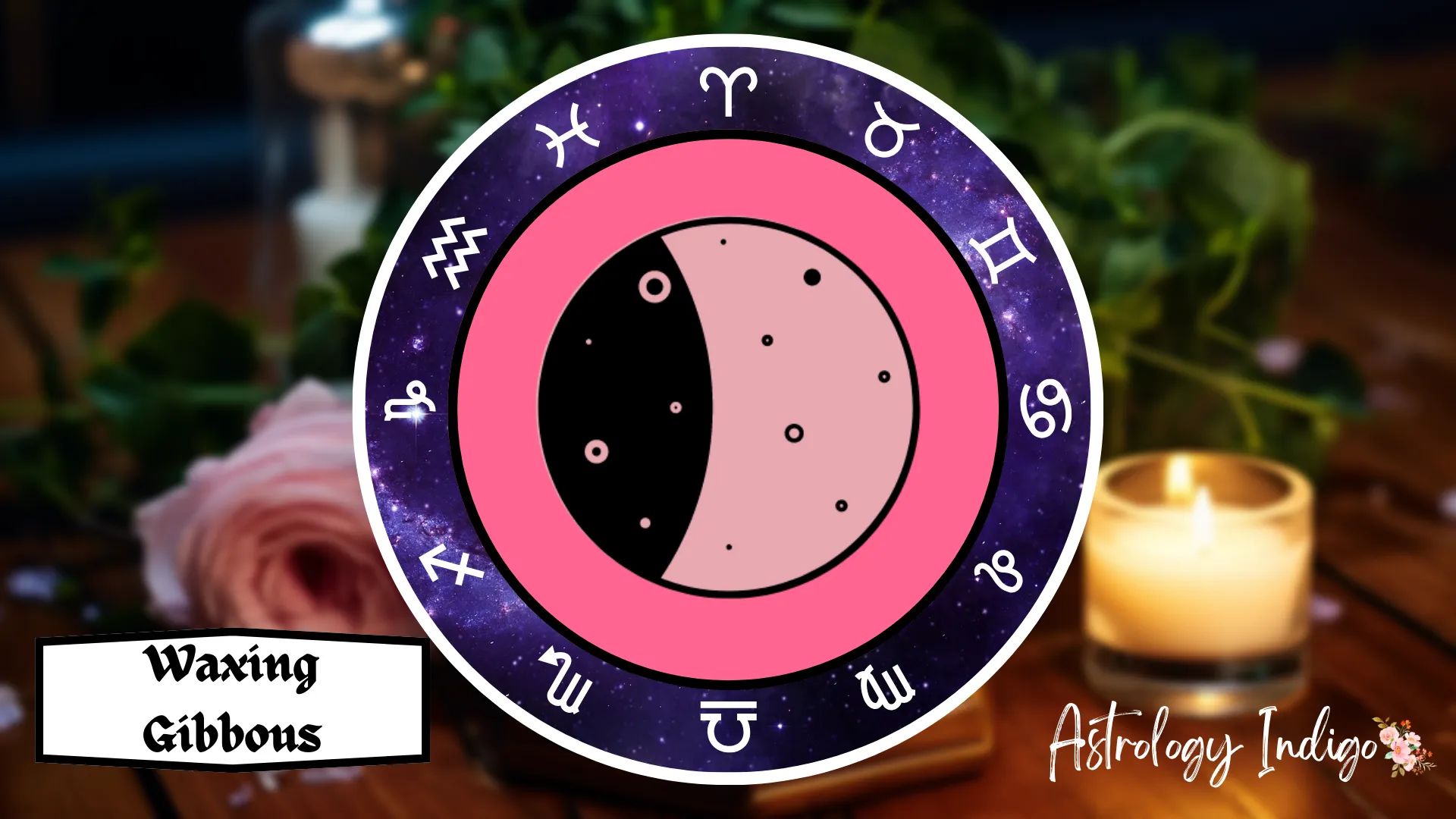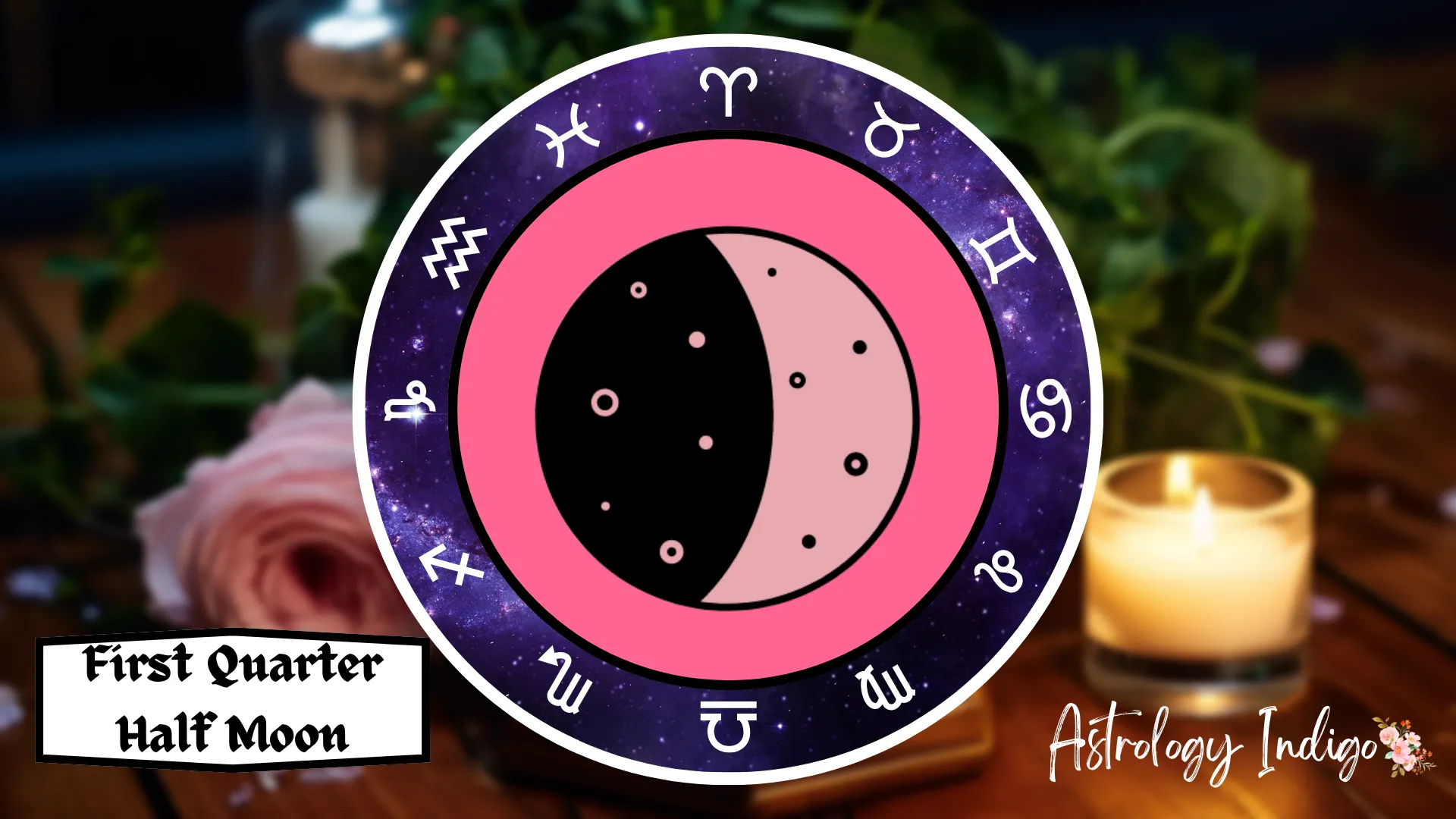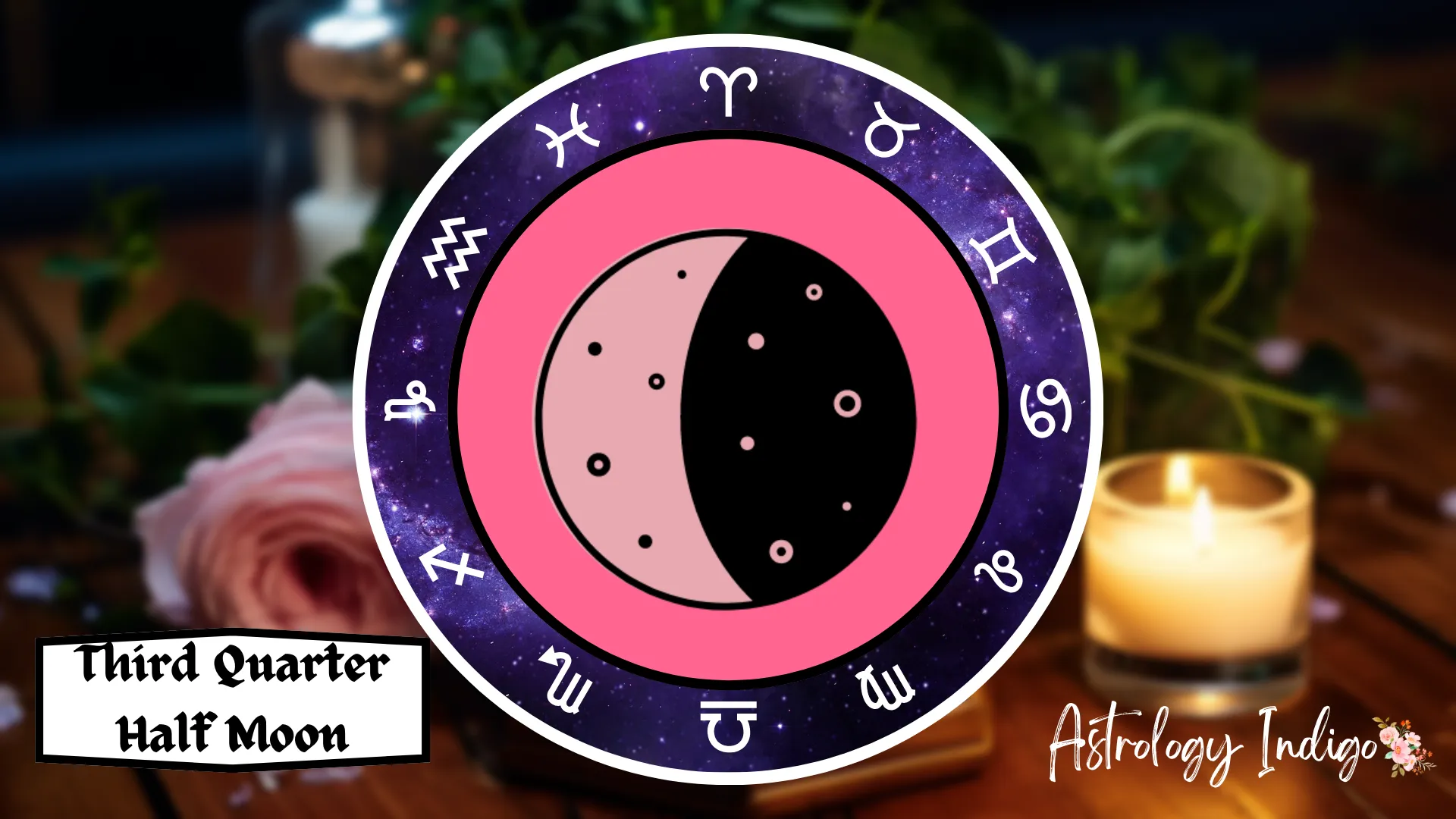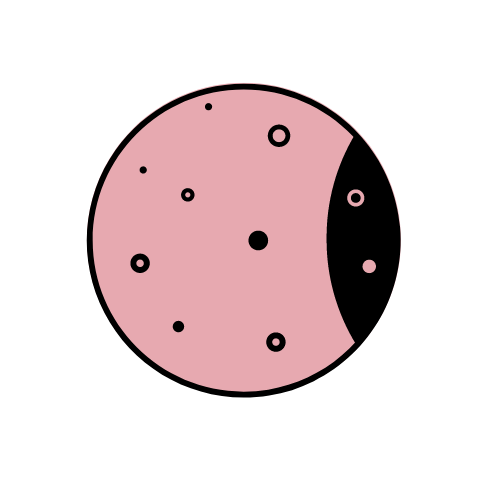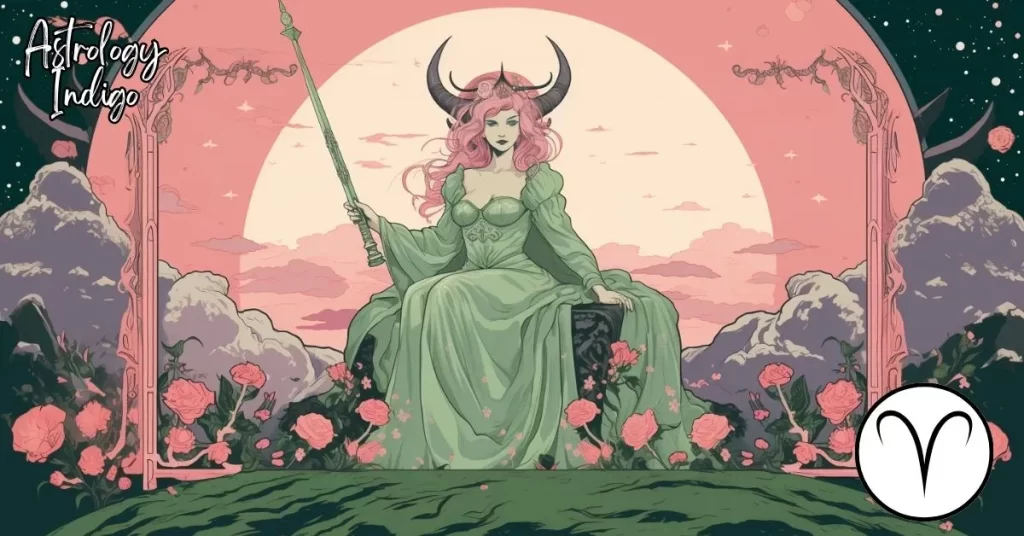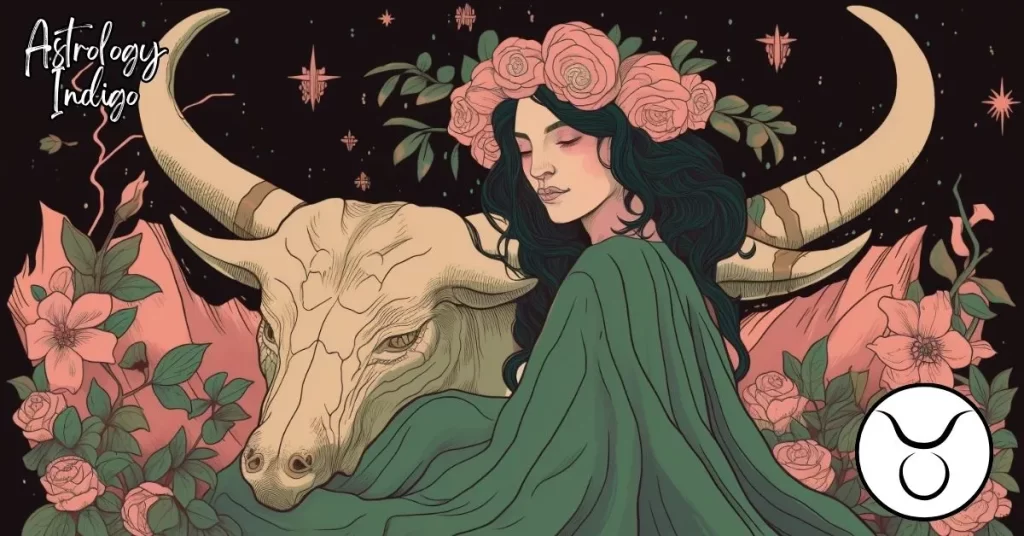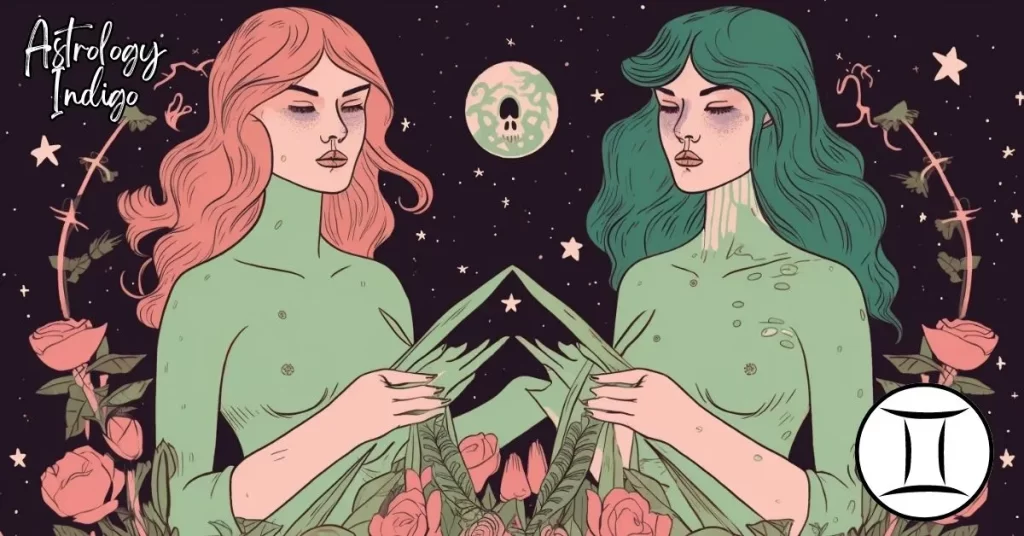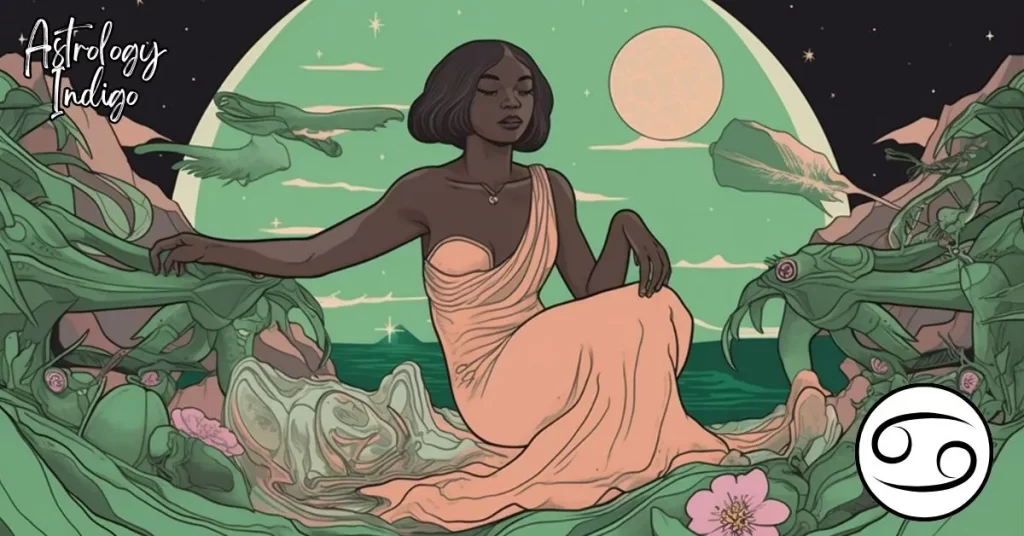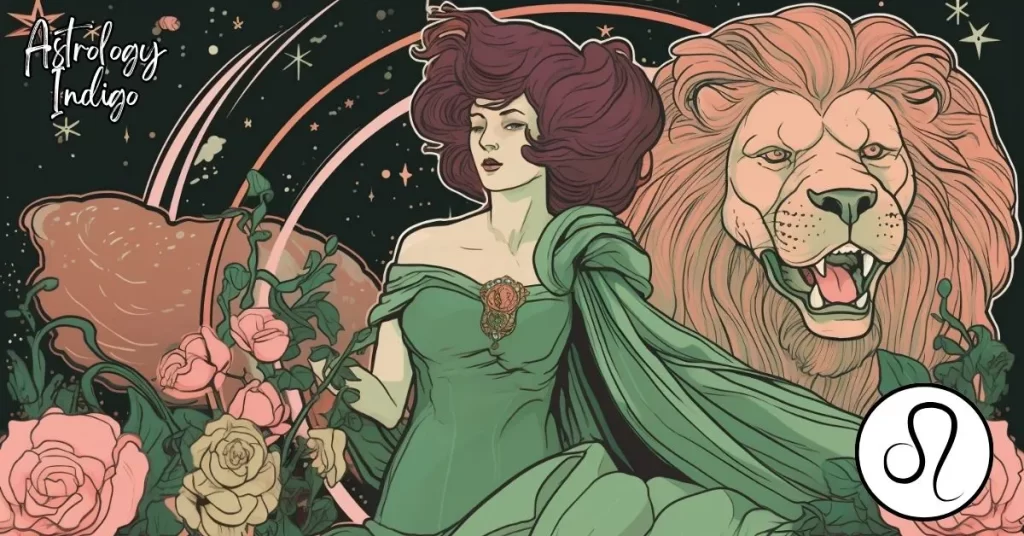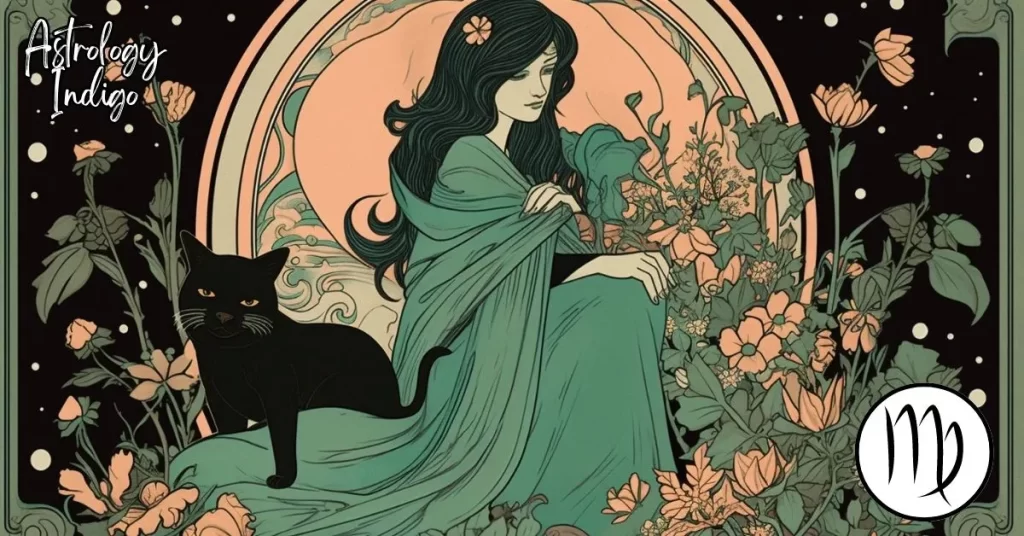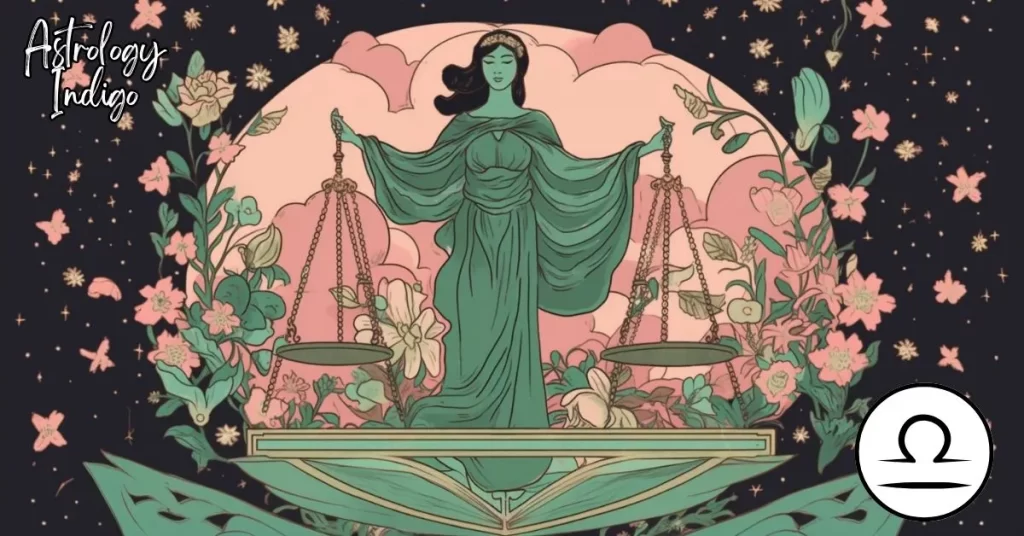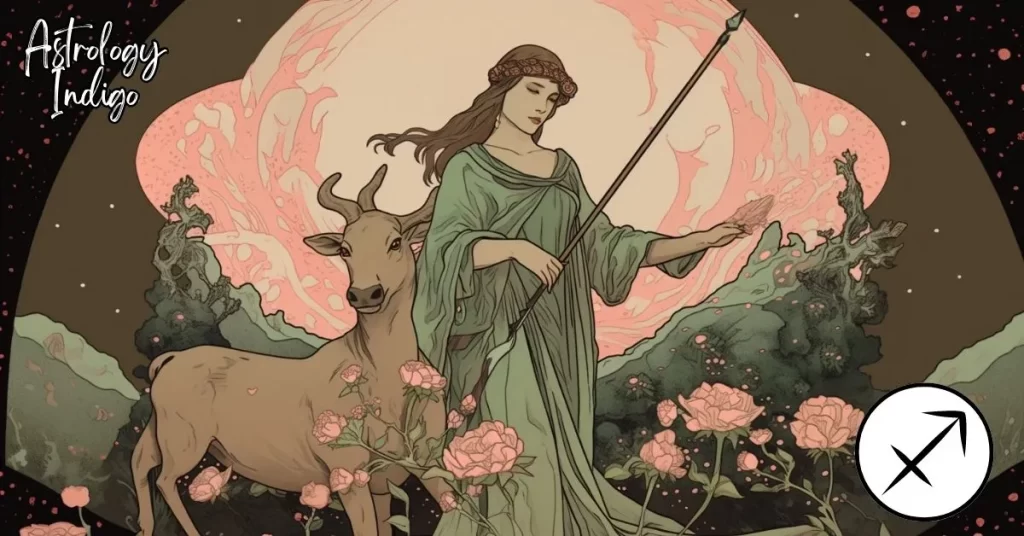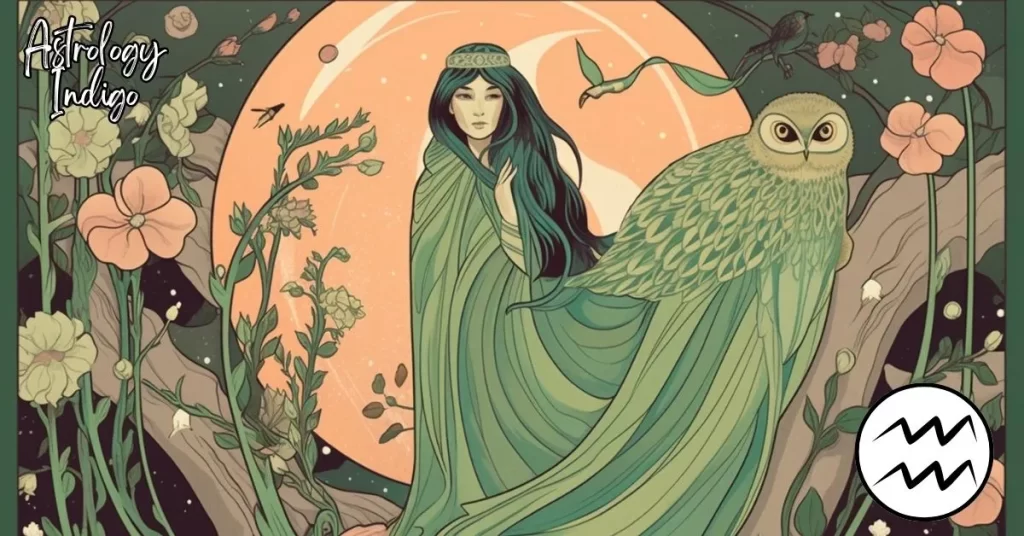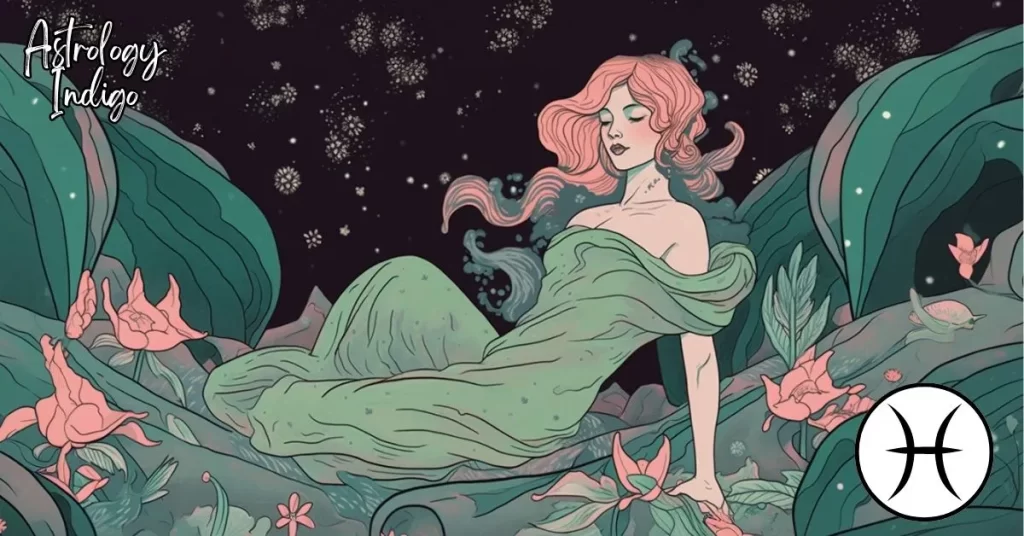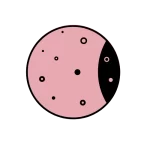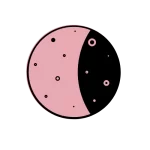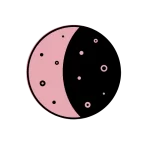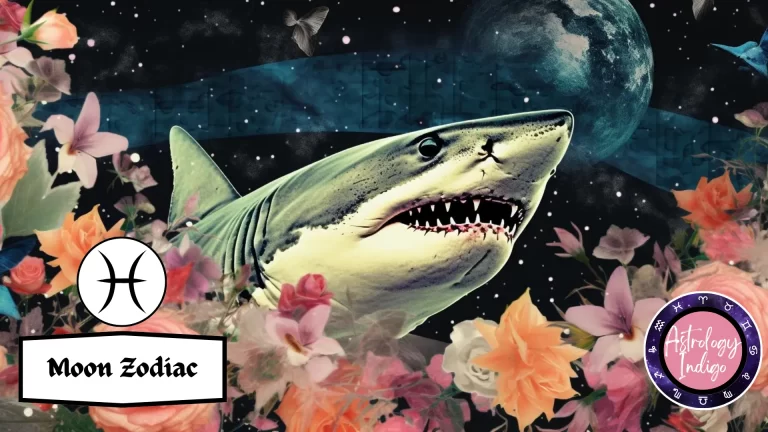Estimated reading time: 12 minutes

Introduction to the Waning Crescent Moon Phase
The waning crescent moon is a celestial event that marks the twilight of one lunar cycle and the whispered promise of another. As the moon wanes, its crescent shape thinning day by day, we find ourselves in a period of introspection, rejuvenation, and transformation. This phase, sometimes referred to as the “old moon,” is a celestial phenomenon that occurs when the moon is nearly aligned with the Earth and Sun, yet not precisely so. The result is a crescent moon, its sliver of light diminishing as it makes its way toward the new moon, signaling the end of one lunar cycle and the impending birth of another.
The waning crescent moon is a time of self-care, a celestial invitation to find inner peace, surrender to the universe, and align with an energy of calm. It’s a period that lasts for about three days, marking the end of the waning phases and serving as a prelude to the new cycle ahead. During this time, the Sun illuminates less than half of the moon, creating an ethereal crescent visible primarily before sunrise. The waning crescent moon is more than three-quarters of the way around its orbit from the new moon, signifying that it’s a time to prepare for the new beginnings that lie ahead.
This phase is not just about the moon’s journey in the sky; it’s also about our journey here on Earth. It’s a time to shed old habits, banish negative energy, and let go of anything that no longer serves us. It’s a period that relates to the concept of storing the harvested plant, a metaphorical way of saying that it’s time to rid ourselves of obstructions and unnecessary burdens. As the moon’s energy decreases, so does our own, making it a crucial time to focus on rejuvenation and preparation for the cycle to come.
During this phase, human emotions mature and subconscious activity flares, making it a period of emotional highs and lows. It’s a time to approach life with the understanding that your efforts have not been in vain, even if you find yourself grappling with emotional turbulence. The waning crescent phase is the deadline for the most important and significant tasks, urging you to spend your dwindling energy only on what truly matters.
So, as you navigate the waning crescent moon’s complex tapestry of emotions and energies, remember that this phase is the most crucial in the entire lunar cycle. It’s a time for deep meditation over problems and for laying the groundwork for the new cycle ahead. It’s not a period for starting new projects; rather, it’s a “sleepy time,” a moment to summarize the past month and prepare for the future. Welcome to the world of the waning crescent moon, where the end is just another form of beginning.
Quick Facts about the Waning Crescent Moon
- The waning crescent moon phase occurs when the moon is more than three-quarters of the way around its orbit from the new moon.
- This phase lasts for about three days, marking the end of the waning parts of the lunar phases.
- During the waning crescent, less than half of the moon is illuminated by the Sun, creating a thin crescent shape visible primarily before sunrise.
- The waning crescent moon is sometimes referred to as the “old moon.”
- This phase is a period of self-care, inviting individuals to find inner peace, surrender to the universe, and align with an energy of calm.
- It’s a time to shed old habits, banish negative energy, and let go of anything that no longer serves you.
- The waning crescent moon relates to the concept of “Storing the Harvested Plant,” symbolizing a time to rid oneself of obstructions and unnecessary burdens.
- Human emotions tend to mature during this phase, and subconscious activity can become more pronounced.
- The waning crescent moon is considered the most crucial phase of the entire lunar cycle, serving as a time for deep meditation and preparation for the new cycle ahead.
- Initiating new projects is generally not advised during this phase; instead, it’s a period to focus on summarizing the past month and preparing for the future.

What is the Meaning of the Waning Crescent Moon in Astrology?
In the realm of astrology, the waning crescent moon serves as a celestial mirror reflecting our innermost needs and transformations. As the moon’s light diminishes, so does its energetic pull, signaling a time for introspection and personal renewal. This phase is a cosmic invitation to engage in self-care, urging us to find inner peace and surrender to the universe’s grand design. It’s a period to align ourselves with an energy of calm, serving as a spiritual pit stop before the new lunar cycle begins.
The waning crescent moon is a time to shed the old and embrace the new. It’s a celestial prompt to let go of outdated habits, banish negative energies, and sever ties with anything that no longer serves our higher purpose. This phase resonates with the concept of “Storing the Harvested Plant,” an allegorical expression that encourages us to rid ourselves of life’s clutter—be it emotional, physical, or spiritual. As we clear out the old, we make room for new opportunities and experiences, setting the stage for the upcoming lunar cycle.
Astrologically, this phase is a potent time for emotional and spiritual housekeeping. Human emotions mature, and subconscious activities come to the forefront, making it a period of emotional highs and lows. It’s a time to approach life with the understanding that your efforts have not been in vain, even if you find yourself grappling with emotional turbulence. This phase serves as a deadline for significant tasks, urging us to focus our dwindling energy on what truly matters.
The waning crescent moon is not just a phase; it’s a transition. It marks the end of one chapter and the beginning of another, serving as a cosmic reset button. It’s a time for deep meditation over problems and for laying the groundwork for the new cycle ahead. Initiating new projects is generally not advised; instead, this is a period to focus on summarizing the past month and preparing for the future.
In astrology, the waning crescent moon is a celestial guidepost, urging us to pause, reflect, and prepare. It’s a phase that teaches us the value of endings as precursors to new beginnings, reminding us that every end is just another form of a new start.

What to Do in the Waning Crescent Moon Phase?
- Engage in Self-Care: Take this time to focus on yourself by engaging in activities that bring you peace and relaxation. Whether it’s a warm bath, reading a book, or simply spending time in nature, prioritize self-care to rejuvenate your energy.
- Practice Inner Reflection: Utilize this phase as a period for deep introspection. Meditate or journal to explore your thoughts and feelings, making sure to focus on what you want to let go of and what you wish to bring into the next lunar cycle.
- Cleanse Your Space: The waning crescent moon is an excellent time for banishing negative energies. Consider smudging your home with sage or using other cleansing rituals to prepare your space for the new cycle ahead.
- Complete Pending Tasks: If there are tasks or projects that you’ve been putting off, now is the time to complete them. This phase serves as a cosmic deadline, urging you to focus your energy only on what’s most important.
- Prepare for the New Cycle: Use this time to set your intentions for the upcoming lunar cycle. Create a vision board or write down your goals and aspirations, preparing yourself mentally and emotionally for what’s to come.
What to Avoid in the Waning Crescent Moon Phase?
- Starting New Projects: This is not the ideal time to kick off new ventures or projects. The waning crescent moon phase is about closure and preparation for the new cycle, not about initiating new beginnings.
- Engaging in Conflict: Emotional and subconscious activity can be heightened during this phase, making it easier to engage in unnecessary conflicts. Try to maintain your composure and avoid confrontational situations.
- Making Rash Decisions: The energy during this time is dwindling, and it’s easy to act on impulse. Avoid making any rash decisions that you might regret when the new lunar cycle begins.
- Overexerting Yourself: With the moon’s energy decreasing, this is a time for conservation of your own energy as well. Avoid physical or emotional overexertion that could leave you feeling drained.
- Ignoring Emotional Signals: Your emotions are likely to be more pronounced during this phase. Avoid suppressing or ignoring these feelings; instead, use them as cues for introspection and self-improvement.

Understanding the Waning Crescent Moon
The waning crescent moon phase, often referred to as the “old moon,” is a celestial event that holds significant meaning in astrology. This phase occurs when the moon is more than three-quarters of the way around its orbit from the new moon, signaling that it’s time to prepare for the new beginnings that lie ahead. During this phase, less than half of the moon is illuminated by the Sun, creating a thin crescent shape that is primarily visible before sunrise. This phase lasts for about three days, marking the end of the waning parts of the lunar phases and serving as a prelude to the new cycle ahead.
In the grand tapestry of the lunar cycle, the waning crescent moon occupies a unique space. It serves as the transitional phase between the third quarter moon and the next new moon. This is the period where the Sun illuminates less than half of the moon, and when only a small part of the moon is visible, it may even be possible to see earthshine on the dark side of the moon. The waning crescent moon is a time of decreasing energy, both for the moon and for us here on Earth. Every day the crescent moon gets thinner and thinner until it eventually disappears, giving way to the new moon and a new lunar cycle.
Astrologically, this phase is a potent time for emotional and spiritual housekeeping. It’s a period where human emotions mature, and subconscious activities come to the forefront. This makes it a time of emotional highs and lows, but also a time to approach life with the understanding that your efforts have not been in vain. This phase serves as a deadline for significant tasks, urging you to focus your dwindling energy on what truly matters. It’s a time to shed old habits, banish negative energy, and let go of anything that no longer serves your higher purpose. This phase resonates with the concept of “Storing the Harvested Plant,” an allegorical expression that encourages us to rid ourselves of life’s clutter—be it emotional, physical, or spiritual.
The waning crescent moon is not just a phase; it’s a transition. It marks the end of one chapter and the beginning of another, serving as a cosmic reset button. It’s a time for deep meditation over problems and for laying the groundwork for the new cycle ahead. Initiating new projects is generally not advised; instead, this is a period to focus on summarizing the past month and preparing for the future.
During the fourth phase of the moon, emotions are particularly stormy, and flare bursts of subconscious activity are common. The energy of the organism is exhausted, making it a time of emotional depression, possible failures, and even depression. However, it’s crucial to approach this period with the feeling that everything has been done and the time has not passed in vain. The Force continues to decrease, and it’s advised to spend it only on the most important tasks.
At the end of the lunar cycle, you may be prone to mood swings. It’s important to maintain your composure and not succumb to anger or provoke an argument. You’ll likely be surrounded by many temptations, from which you should steer clear. In order not to get into trouble, it’s advised to limit your social circle during this time.
All that you transferred, did not finish at the previous stage, you should continue further. This is crucial, otherwise, you’ll interrupt the natural cosmic rhythm. This phase is the most important in the entire lunar cycle. It’s a time for deep meditation over problems and for laying the groundwork for the new cycle ahead. It’s not a period for starting new projects; rather, it’s a “sleepy time,” a moment to summarize the last month and prepare for the future.
In summary, the waning crescent moon is a celestial guidepost, urging us to pause, reflect, and prepare. It’s a phase that teaches us the value of endings as precursors to new beginnings, reminding us that every end is just another form of a new start.
FAQ
The waning crescent moon phase in astrology is a time for introspection, rejuvenation, and preparation for the new lunar cycle ahead. It’s a period to shed old habits, banish negative energy, and focus on self-care. This phase occurs when the moon is more than three-quarters of the way around its orbit from the new moon, signaling the end of one lunar cycle and the beginning of another.
During the waning crescent moon phase, it’s advisable to engage in self-care activities that bring peace and relaxation. It’s also a good time for inner reflection through meditation or journaling. Cleansing your space of negative energy, completing pending tasks, and preparing for the new lunar cycle by setting intentions are also recommended activities.
This phase is associated with emotional highs and lows, as human emotions mature and subconscious activities become more pronounced. It’s a time for emotional and spiritual housekeeping, making it a period of introspection and self-improvement. You may experience mood swings, but it’s crucial to maintain composure and not succumb to negative emotions.
The waning crescent moon phase offers a unique opportunity for deep introspection and emotional cleansing. It’s a transitional phase that serves as a cosmic reset button, allowing you to let go of the past and prepare for the future. It’s an excellent time for meditation, setting intentions for the upcoming lunar cycle, and focusing your energy on what truly matters. This phase teaches us the value of endings as precursors to new beginnings, reminding us that every end is just another form of a new start.

